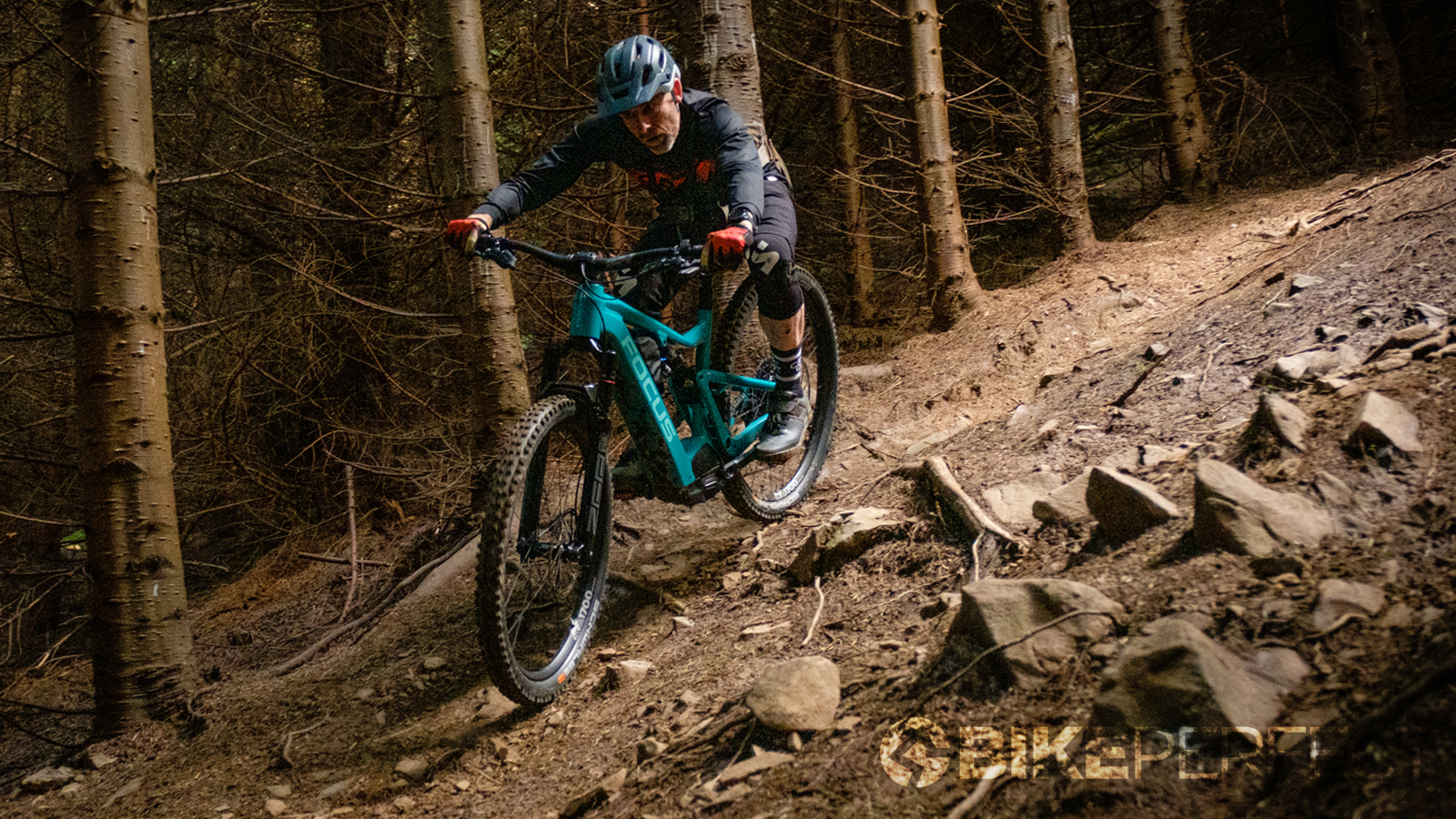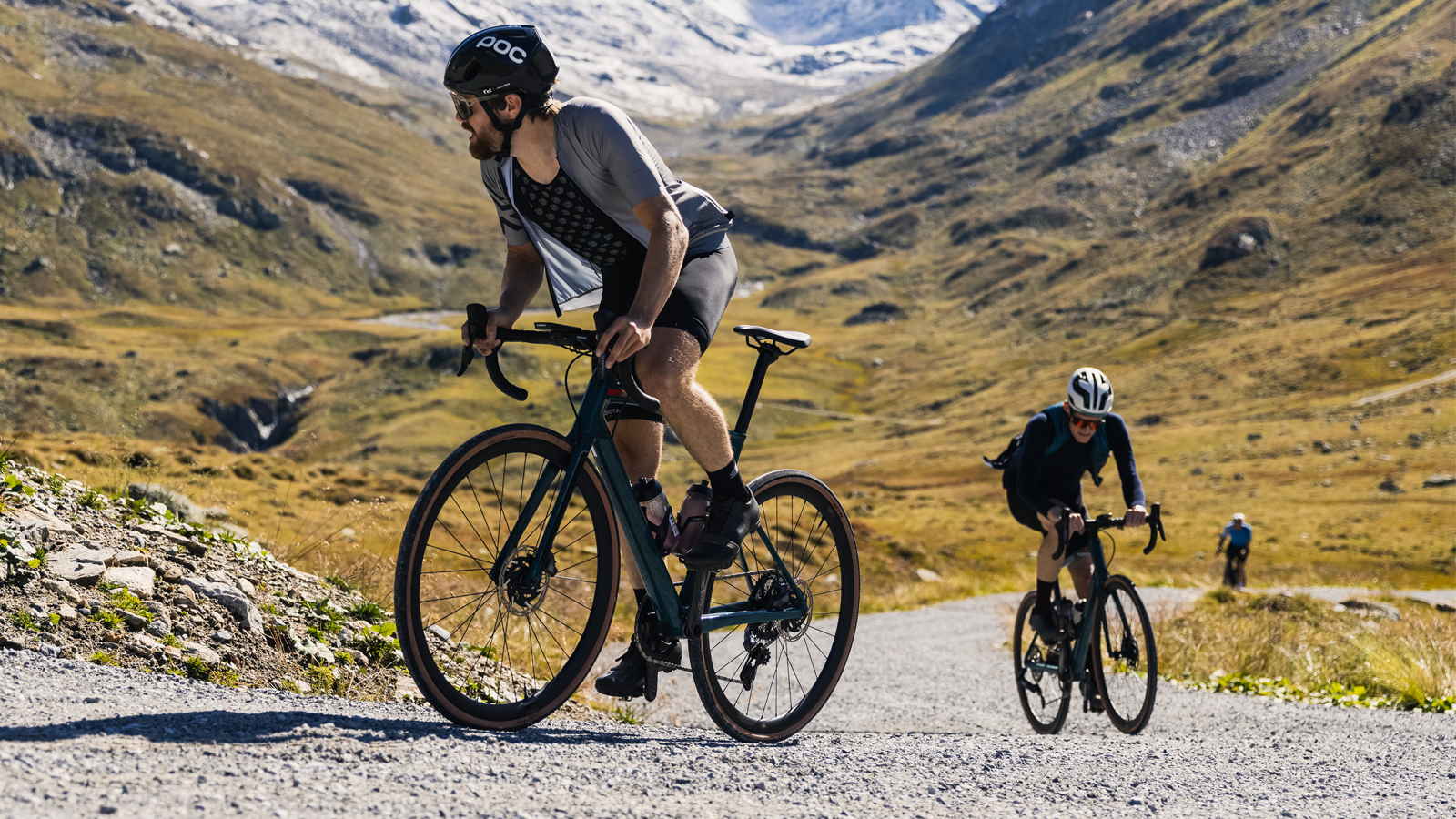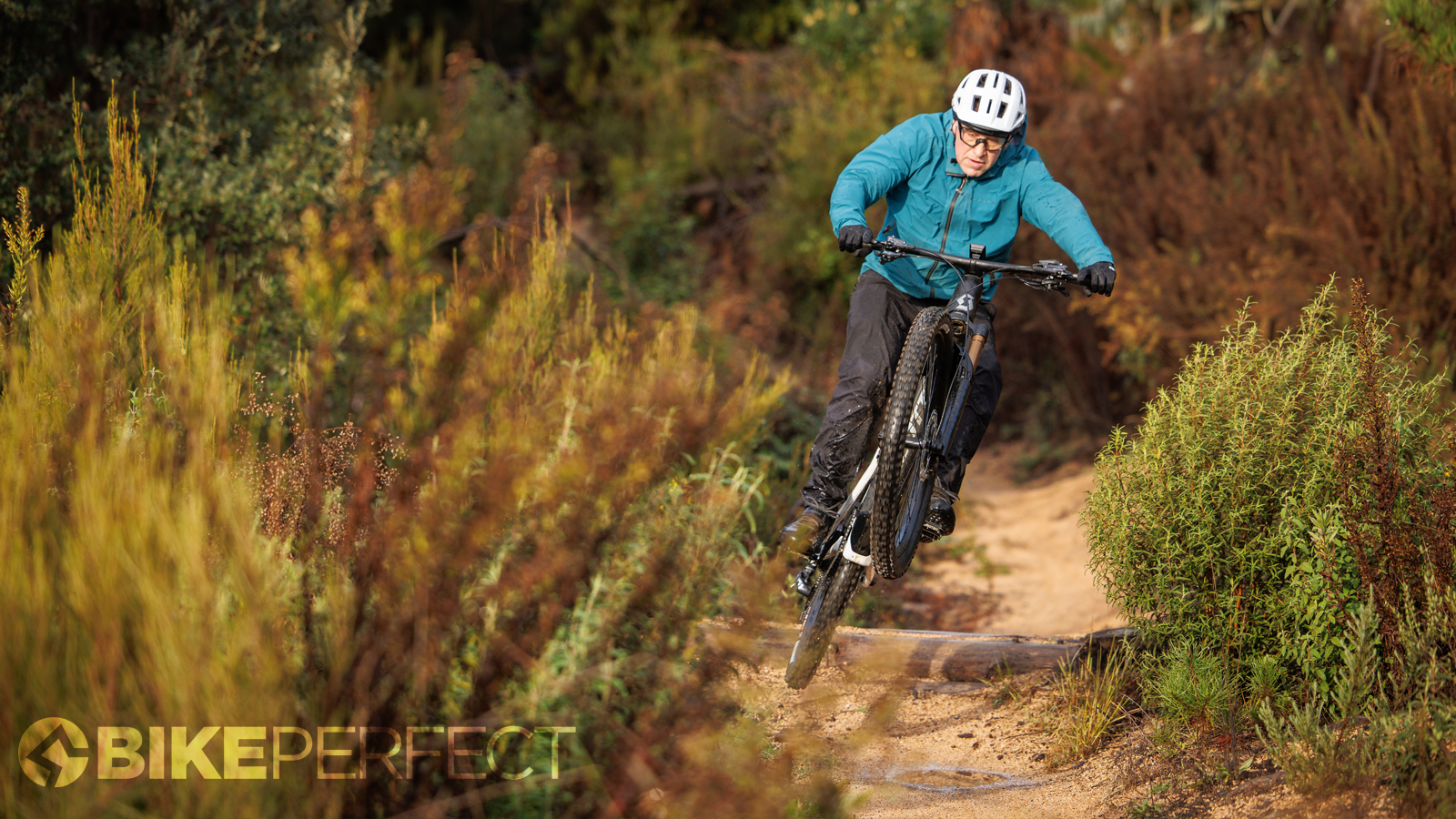Bespoken Word – always pushing hard creates more issues than it solves
Its all too easy to train yourself into a shell, Guy Kesteven talks about the pressures of training and fighting fatigue to get faster

Last week I talked a bit about how doing less can actually get you more in terms of how you ride your bike. Well, the same approach also applies to training/fitness too. So if you’re looking to peak for a late summer event like Grinduro or Ard Rock Enduro or just want to ride strong for as long as possible while the weather is good, backing off might be just what you need to go forward.
Whup ass or whoop?
While the buzz, hype, and Spartan showboating are all about pushing yourself to the max, anyone talking sense about sustained health and fitness development will mostly be focusing on rest and recovery. It’s no accident that all the latest fitness device trends – such as Whoop, Garmin Body Battery, and other HRV (Heart Rate Variability) based tech – are targeting load and overload as the key metrics to track and control too.
For good reason as well. Because everyone I know who’s used a Body Battery or Whoop device or who’s followed a proper, personal, one-to-one training/coaching plan has found out the same thing straight away; once you add in the daily stress of work and life then most people are doing too much already. In fact, one of my riding pack pals even found out that his regular work day as a joiner/builder already put his Whoop score higher than most Tour de France riders before he even turned up for a ride. So why are we often pushing ourselves too hard and what can we do about it?

Too much pressure
Like most things in life, this overload happens for several reasons. Firstly, for some of us the primitive evolutionary impulses of combat and competitiveness are still burning bright in our DNA helix. So while others might have developed into more docile, domesticated beasts with reasonable, ruminant level expectations of how much counts as enough exercise, we’ll always push ourselves to the max. Sometimes for actual group dominance, other times for display, and often for no apparent reason apart from that we’re wired that way.
And if we are that way then we’re far more susceptible to other potential ‘push’ multipliers. Exercise releases some very powerful hormones and stimulants – such as adrenaline, dopamine, serotonin, and endorphins – that are genuinely addictive. The more we get of them, the more we want and the more dependent our mood becomes on them. And because that buzz is what makes us feel alive we crave it, even when we shouldn’t. Or to put it another way, the most dangerous part of the problem is that when we’re tired we can’t be trusted to realize how knackered we actually are. And that’s before other issues like aggression, malnutrition, and sleep disturbance come into play, sharpening the pencil so much that snapping the point is inevitable.
And if you’ve got limited time to ‘get after it’ the temptation will be to max out at every opportunity. Because you surely need to exhaust yourself every time if you’re going to compete with people who can train or ride more right?
And despite all the ‘be kind to yourself' mantras and stoical body positivity being done, the overwhelming lifestyle onslaught is unrealistic. Social media is pumped full of ripped, self-righteous influencer heroes hoping for a follow to grow their cult while they grow their biceps. From underpants and aftershave ads to Love Island and kids cartoon lunch boxes, our role models are caricature bodies that are a full-time job to create and maintain – even if you have the right base DNA. Six pack, beach body, ripped in six weeks, your fastest season ever, get lean, look like this and be a hero yourself. We’re even encouraged to laugh at and look down on anyone famous who dares to go for a walk in public or wade out of the sea looking a bit pudgy. These are the messages that are selling millions of newspapers and magazines, creating a frenzy of likes, follows, and desperate subscriptions to salvation. Conveniently failing to mention that for actors, athletes, and fitness professionals it is a full-time job and even then that perfect physique is likely to be composed of a lot of manipulated pixels.
And it’s not just media and marketing either. Scrolling through what your mates have done on Strava or Insta can be enough to induce a fitness FOMO panic that has you pushing harder than instinct is telling you. And again, the harder you push, the more likely you are to see your performance droop, creating an overtraining spiral that can rapidly suck you into injury, illness, and depression.

Beat fatigue with focus
And while this can all be very damaging and toxic I’m certainly not saying that going hard isn’t a good thing. After all, your body needs a strong enough stimulus over a prolonged time to trigger a developmental response that will improve your strength and fitness. The trouble is that if you’re continually pushing as hard as possible, you’ll soon be so fatigued that ‘pushing as hard as possible’ isn’t actually very hard at all. Sure you’ll have a face like a roasted guinea pig on a street market skewer, your veins will be bulging, and it’ll hurt like hell but you’ll be pushing 350-400 watts on a 270watt FTP when you need to be punching 500+ to really trigger a response. And yes those are my numbers from the last ‘proper’ fitness test I had where Craig the bemused coach concluded that I was perhaps the most well-developed example of ‘banging my head against a brick wall’ he’d ever seen. Yes, I could hold a max output for an impressively long time, but that max output was actually a very, very long way from impressive.
And like every coach before him, the answer he suggested was to stop relentlessly beasting myself and give myself the space and energy to actually improve. So no more half-arsed hill efforts, fumbled crux moves, and mediocre pulls that only build fatigue, not fitness. Instead, proper relaxed, steady-state recovery rides flushing out fatigue and toxins while looking at the scenery and concentrating on technique. Interspersed with really good strong focused efforts at a level high enough to trigger development. Maybe even include some variety like strength work to break yourself out of your current pattern, but always doing less overall so you can do more that matters.

And I know – possibly more than most – just how hard this can be to do. Because if you’re horribly impatient, competitive, and insecure about your riding while also addicted to the drugs of exercise then you’re genuinely in the grip of physical and psychological addiction and it’s a very hard habit to break.
If you’re lucky you’ll have someone on hand who can ground you. Like my wife who pointed out that if I can’t work out what sort of exercise to do then I’m clearly too tired to be doing anything. And she generally likes to point that out while I’m swearing around the house dressed in a road jersey, baggy shorts, with a kettlebell in one hand asking where my swimming goggles are too. Or Steve, a sage old lad who worked in a bike warehouse with me who beautifully summed up the day when I properly went pop with the statement: “If you were one of mi f***kin ferrets, I’d stop f***kin feedin’ you and look fer’t f***kin hammer.”
But even if you haven’t got someone else with a hammer, I strongly suggest you try putting down the hammer yourself. If you know you can’t be trusted, turn off Strava, excuse yourself from group rides, unfollow the jacked-up jackasses on social media and give yourself a break from the pressure. And while it might not be easy, if you can manage it for a week, or even a few days, you’ll be amazed by A. how tired you feel at first when you give yourself permission to relax and then B. how much fresher and stronger you feel when your body has time to bounce back. And when it does bounce back you’ll almost certainly be going stronger and faster than ever. You never know, I might even listen to myself and everyone else and give it a try this time.

Guy Kesteven has been working on Bike Perfect since its launch in 2019. He started writing and testing for bike mags in 1996. Since then he’s written several million words about several thousand test bikes and a ridiculous amount of riding gear. He’s also penned a handful of bike-related books and he reviews MTBs over on YouTube.
Current rides: Cervelo ZFS-5, Specialized Chisel, custom Nicolai enduro tandem, Landescape/Swallow custom gravel tandem
Height: 180cm
Weight: 69kg
